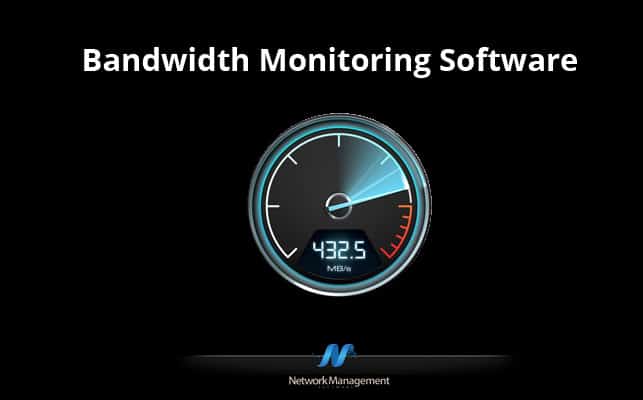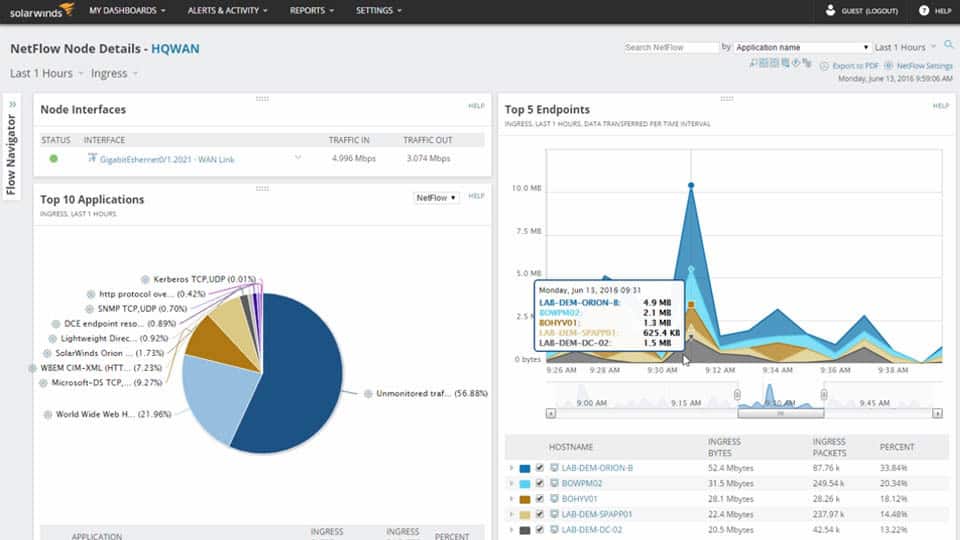

CPU and memory usage for all processes on each server (% Processor Time, VirtualBytes, PrivateBytes, Working Set, Open handles, Thread count, and PID).Memory Usage (% memory in use out of total) on each server.Table 9-2 provides information about the objects that RTMT monitors, the alert, thresholds, and defaults, and what kind of reports that RTMT generates for those servers. The Servers category monitors CPU usage, disk space usage, and critical services on each Cisco CallManager server. (Informational) Clusterwide total number of registered media devices increased in consecutive polls.(Warning) Clusterwide total number of registered media devices decreased in consecutive polls.Number of registered media devices on each Cisco CallManager and cluster. (Informational) Clusterwide total number of registered gateways increased in consecutive polls.(Warning) Clusterwide total number of registered gateways decreased in consecutive polls.Number of registered gateways on each Cisco CallManager and cluster. See the "Device Statistics Report" section on page 11-4 for detailed information. Default specifies 10%.ĭaily reports on number of registered devices. Total number of registered phones drops by X% in consecutive polls.Number of registered phones for each Cisco CallManager and cluster. See the "Monitoring Objects" section for more information about the preconfigured monitoring objects. RTMT then generates daily reports for these objects. RTMT continuously monitors a set of management objects that are preconfigured and generates various alerts, in the form of e-mails, for these objects when values go over/below user-configured thresholds. It also connects directly to devices by using HTTP for troubleshooting system problems. RTMT runs as an application and uses HTTP and TCP to monitor device status, system performance, device discovery, and CTI applications. Understanding the Real-Time Monitoring ToolĬisco CallManager Serviceability provides a client side standalone plugin, RTMT, that monitors real-time behavior of the components in a Cisco CallManager cluster.This chapter provides information on the Real-Time Monitoring Tool (RTMT) for Cisco CallManager Serviceability and comprises the following topics: Perfmon Monitoring Configuration Checklist There are third-party websites to test your Internet speed, such as the Real-Time Monitoring Tool

Verify that your ISP is providing the speed you’re paying for in your package.

#Real time bandwidth monitoring tool free
SolarWinds is a free real-time bandwidth tool to help users monitor the traffic on their network. Bandwidth Measuring Toolsīelow are several tools to help businesses monitor their traffic usage and bandwidth by a single computer or on a network. Knowing what devices and which users consume the most data will give your business better control over usage and enable you to plan for capacity. See below for tools that measure actual bandwidth usage.Īdd up the total bandwidth to get an idea of your company’s needs during peak operational time. However, that is not the most accurate method. One way to make this determination is to ask employees to fill out a questionnaire that asks them how much time they spend online and what they’re doing.

The next step is to calculate how much time each user spends online. Look at the number of employees you have or the number of people using the same network. Associate a bandwidth to every device based on which category they are in as outlined above. To calculate the typical peak bandwidth usage, determine how many hours per day each device is used.


 0 kommentar(er)
0 kommentar(er)
